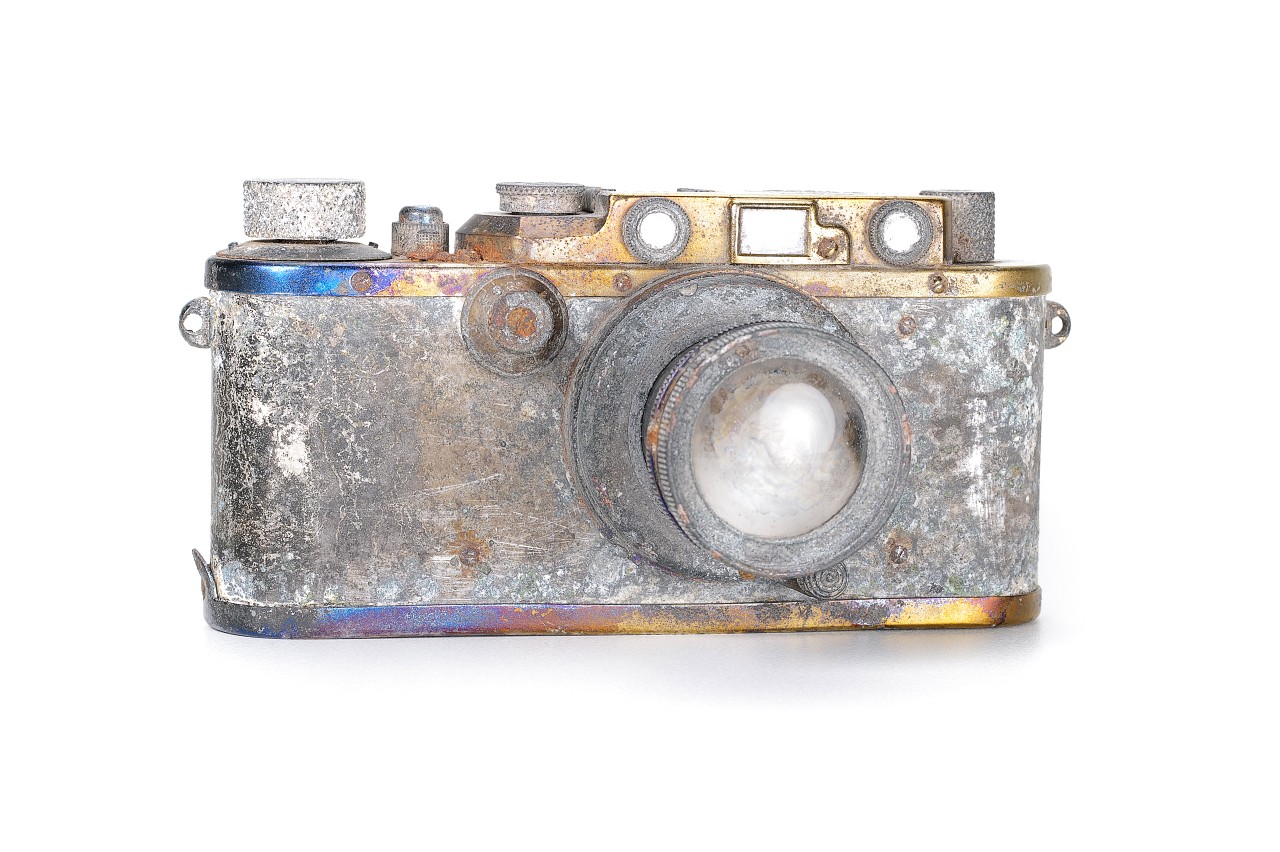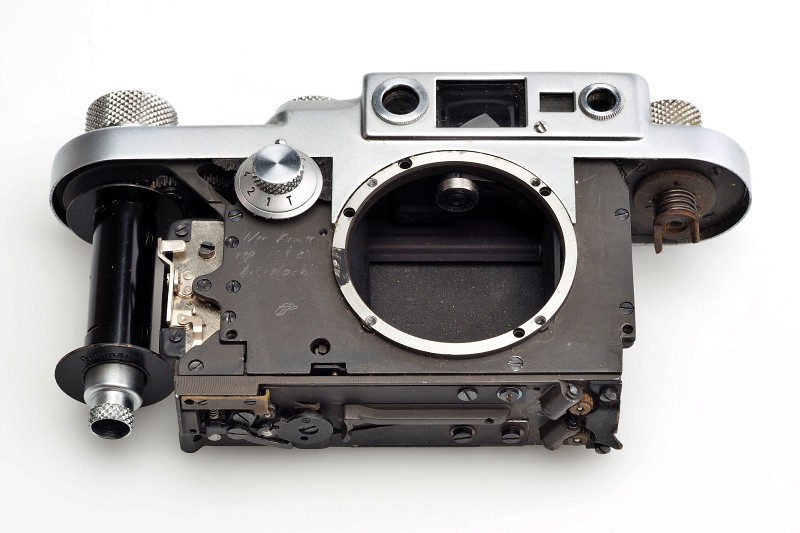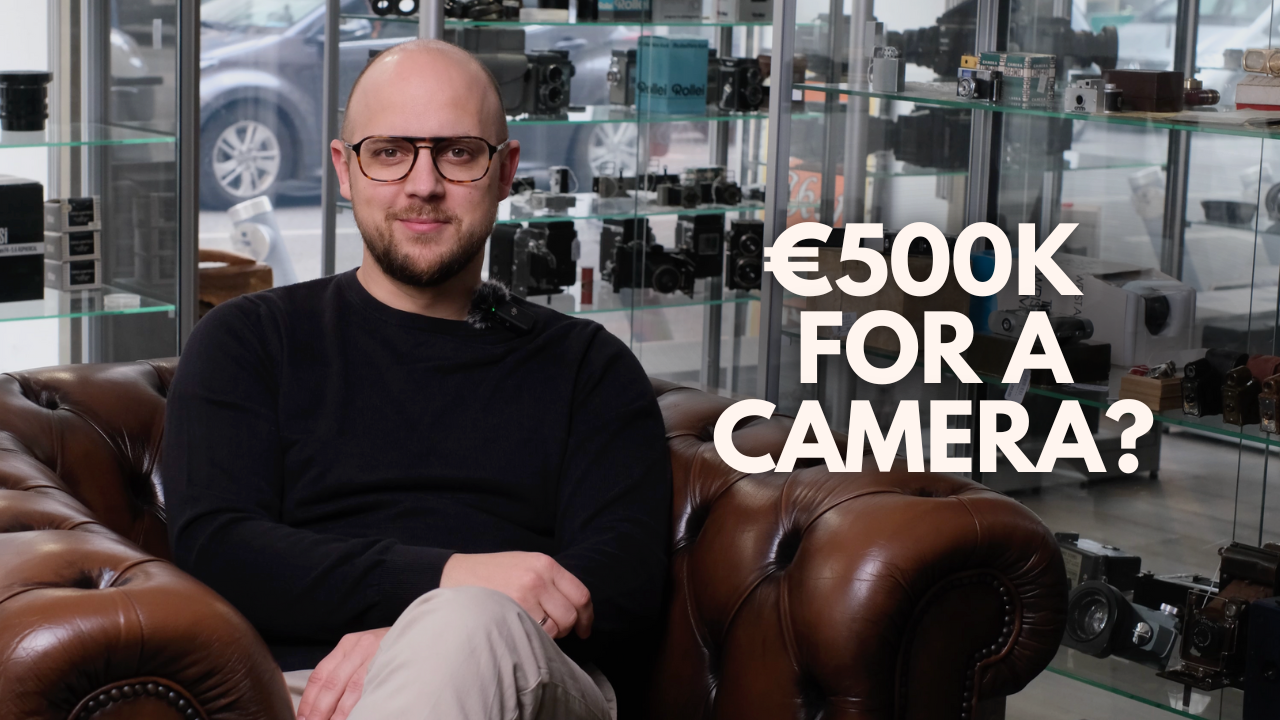Leica M4-P Review - Arthur G

This is especially true for Leica cameras, which are not only excellent photography tools but also engineering marvels. That’s how I feel about the Leica M4-P. I love its size, fully mechanical feel, and rangefinder experience. However, it’s not perfect and may not be suitable for everyone, which I will explore later.
The M4-P is not my first Leica. I started with an M3 Double Stroke, an excellent introduction to rangefinders with its buttery smooth film advance, bright viewfinder, and classic silver chrome look. However, it wasn’t the right fit for me. The 50/90/135 frame lines were impractical for my primary 35mm/28mm lens use, requiring an external viewfinder for lenses wider than 50mm. In contrast, the M4-P offers 28/90, 35/135, and 50/75 frame line pairs, providing more flexibility despite a slightly ‘messier’ viewfinder. Aesthetically, I prefer the stealthy black chrome of the M4-P over the M3. While black paint versions of the M3 exist, they are extremely expensive.

Leica M3 DS with a Summicron 5cm and yellow filter
Pros
The Leica M4-P shares many features with the newer M6, including form factor, frame lines, quick load system, and lens mount. The main differences are the absence of a light meter and a different ISO dial on the M4-P. The M4-P often uses better materials, such as a metal shutter speed dial compared to the plastic one on later M6 models. Early M4-P versions feature a brass top plate, while many M6 models use zinc which is prone to bubbling to the top plate in some cases.
Cosmetic differences include the M4-P’s ‘Leitz’ red dot and a simple ISO scale disk, compared to the M6’s ‘Leica’ red dot and adjustable ISO dial. The M4-P has a flashbulb and electronic sync socket, while the M6 has only an electronic sync. Additionally, the M4-P is labelled ‘Made by Leitz Canada,’ unlike the M6’s ‘Leica Camera Made in Germany’ engraving on the rear.
The M4-P is also more affordable, usually a few hundred dollars/euros less than the M6. It’s fully mechanical and battery-free, enhancing the shooting experience by keeping you in the moment. The rangefinder is clear and bright, perfect for staying immersed in your composition. Right-eye dominant users can keep their left eye on the scene while composing with the right.
Cons
One drawback of the M4-P as compared to the M6 models and onwards is the lack of a light meter. If you’re not comfortable using the Sunny 16 Rule, then you might benefit from an external light meter. There is a range of options for these on the market going from the most precise - a handheld meter such as a Sekonic Flashmate to less precise, such as a cheap accessory shoe light meter from your local photography store. However, learning the exposure triangle and Sunny 16 Rule is beneficial, saving your exposures when you’re out of batteries or if the light meter on your camera requires repair.
Camera aesthetics are subjective, and some might prefer other M models. The prominent red dot on the M4-P's grip can be polarising, but the money saved on the body can be invested in a quality lens. The renowned 'Leica-look' comes from beautiful, compact Leica lenses like the Summicron and Summilux models, which are quite expensive. Having the right lens will make all the difference to your photos, the camera body can always be upgraded later.
In Practice
M-mount rangefinder cameras are very versatile. I recently took the Leica M4-P with a Voigtlander Ultron 35mm lens to a local classic car show. The sunny weather was perfect for Kodak Gold 200 film. The M4-P excels in street photography with its compact size, non-intrusive presence, and ease of use. Its bright and clear rangefinder helps in crowded situations, allowing you to be part of the scene.


Car show shot on M4-P with Kodak Gold 200 Car
Not having many settings might seem like a disadvantage, but I enjoy the simplicity, especially when shooting film. Just select a shutter speed for the ISO and adjust the aperture for the lighting conditions. Focusing when using a rangefinder can be tricky initially, but it becomes natural with practice. If your rangefinder is properly calibrated - all you need to do is to ensure that the overlay of your subject lines up with the small rectangular patch in the middle of your viewfinder window. This should ensure perfect focus in your resulting images.
Be mindful of lens flaring in bright conditions, although newer lenses have coatings to control it, flaring issues are not necessarily previewable in the viewfinder. Another aspect to keep in mind is parallax error which affects all rangefinder cameras to some degree due to the angle of the rangefinder as compared to SLR cameras for instance.

Example of lens flare on a particularly bright day
In conclusion, the Leica M4-P stands out as a remarkable blend of form and function. Its fully mechanical nature, classic design, and rangefinder experience make it a joy to use for those who appreciate the art of photography. While it lacks a light meter and might not suit everyone’s aesthetic preferences, its affordability and the quality of materials used make it a compelling choice for many photographers.
After nearly two years of daily use, I can confidently say that the M4-P has become an indispensable tool in my photography kit. Its intuitive handling, robust build, and ability to pair with the exceptional range of M-mount lenses from Leica and Voigtlander, as well as newcomers such as Light Lens Lab and Thypoch make it a camera that not only meets but often exceeds expectations.





